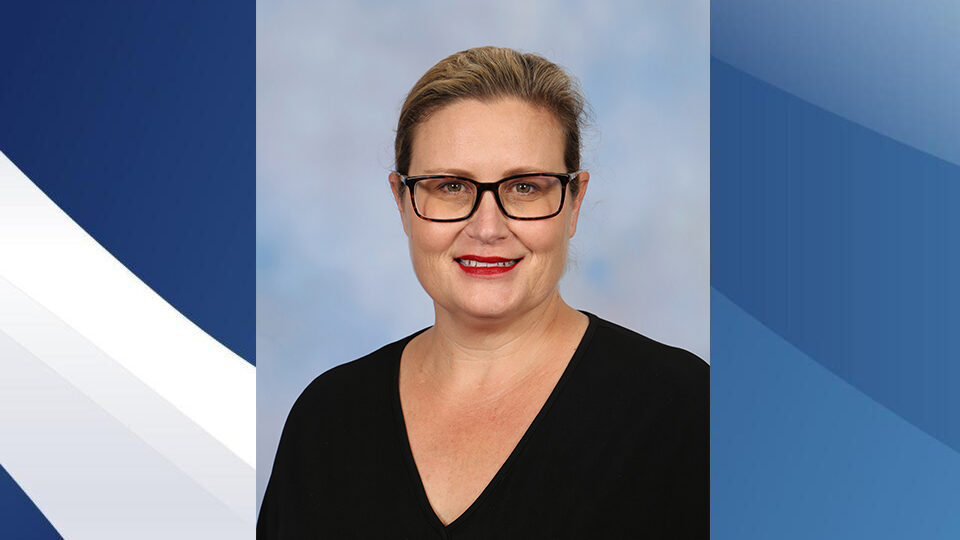
From the Leader of Wellbeing
MSCW Wellbeing Program
During Community time on Wednesday 15 June the following will be taking place:
Year 9
Year 9 students will engage in a Drug Education Seminar led by Thomas Reynolds of Independent Drug Education Australia. Thomas Reynolds will present information that was not addressed in the Wellbeing Program during 2021 that is developmentally appropriate. The session will focus primarily on alcohol related harm reduction strategies, as well as a limited amount of illicit drug prevention and harm reduction. The content will provide students with protective strategies that they can implement to keep themselves and their friends safe.
Year 11: GP’s in Schools
Year 11 students will connect and engage with local GP’s in peer groups, allowing them to develop their understanding of the role of a GP and the importance of looking after their health
The focus of this session will include the following:
- Foundations for students to independently take responsibility for their future health and wellbeing;
- The GPs share stories from everyday general practice, helping improve Senior students’ understanding of life’s many and varied health facts;
- Knowledge and confidence, enabling students to better navigate the often-tricky healthcare system.
Catholic Weekly

Phone, vapes and kids
Vaping’s vicious toll on kids and teens
Parents’ alliance will help to reduce teenage distress

(source: https://www.esafety.gov.au/)
Cyberbullying
Cyberbullying occurs. It can be very damaging to all involved.
This is why it is important that we have open, honest and informed communication with young people about this particular type of bullying.
A lot of young people suffer the effects of being bullied in the digital world. In fact, 44% of Australian young people report having a negative online experience in the last six months, this includes 15% who received threats or abuse online. {Source: The digital lives of Aussie teens, eSafety Commissioner (2021)}.
For every victim there is a perpetrator (or perpetrators) and, potentially, bystanders. It is challenging to accept that a child, especially our own, would contribute to causing such harm or allowing it to take place but some of them do or will.
Education is the key. The young women in our community know it is not right to bully another individual and to allow someone to dominate, control and hurt others, but somewhere along the line our young people lose connection with the core values that make up their character: young women who respect others, treat all with dignity, and take responsibility for their actions.
Please invest some time exploring the information provided below so that you can have an open, honest and educated conversation with your daughter about bullying, in particular cyberbullying.
Let’s remind young people that every time they allow someone to disrespect us and/or others, be it directly or indirectly, they are giving that individual power. Let’s focus the conversation with our future on respect, dignity and responsibility.

Cyberbullying is when someone uses the internet to be mean to a child or young person so they feel bad or upset. It can happen on a social media site, game, app, or any other online or electronic service or platform. It can include posts, comments, texts, messages, chats, live streams, memes, images, videos and emails.
These are some examples of ways the internet can be used to make someone feel bad or upset:
- Sending hurtful messages about them
- Sharing embarrassing photos or videos of them
- Spreading nasty online gossip about them
- Leaving them out online
- Creating fake accounts in their name
- Tricking them into believing you are someone else


Ms Angela Bowland, Leader of Wellbeing
This article on College life meets The Archbishop’s Charter for Catholic Schools – Charter #1, #2
